 The bureaucracy that governs the water that originates as snowpack in the Sierra Mountains just cut off millions of customers from access to the second most necessary element to life.
The bureaucracy that governs the water that originates as snowpack in the Sierra Mountains just cut off millions of customers from access to the second most necessary element to life.
We’re told this unprecedented reduction in water allocation is due to the ongoing drought that California has been in for the last couple of years, but that’s not the whole story.
Runaway environmentalism and a desire to limit the transport of water from its original source play a large role in the problem.
To understand California’s current water woes, one must know and understand an old American adage: “Whiskey is for drinking; water is for fighting.” Erroneously attributed to Mark Twain, this somewhat brusque statement has roots deep in the last century’s water wars.
In the 1930s and ‘40s, range wars were erupting all over the Southwest. As people began settling parts of the country that were freshly mapped and sparsely inhabited, wars over access to and ownership of ground water began erupting like the geysers in Yosemite. This forced the U.S. government to step in with military force in several instances. It also sparked the most expensive lawsuit up to that point in U.S. history, whereby the Supreme Court had to settle the dispute between Arizona and California over access to certain water sources.
The question of who owns or has access to certain water sources continues in that grand tradition today. It is notably responsible for the massive failure to head off the ramifications of a persistent drought in California.
Things began really to heat up about the time the superintendent of the Los Angeles Department of Water and Power, William Mulholland, built the 223-mile Los Angeles Aqueduct in 1913. Folks who are at the source of the water in the north have been at war with those who use that water in the south, and thus California has been in a perpetual “cold war” (or what I refer to as a wet war) ever since.
I think little could have been done to mitigate this animosity at the time of the aqueduct’s construction, and certainly the growing sprawl of Southern California communities, dependent in part on water from the aqueduct, has only raised the stakes in the minds of folks from much more subdued communities in the north.
If you have an interest in the subject of the dawn of California’s water wars, I suggest you get a copy of the classic film, “Chinatown,” a whodunit that revolves around the building of the L.A. Aqueduct. I also suggest searching the topic: “the history of California’s water wars” in your favorite Internet search engine.
The construction of the California Aqueduct, which was spearheaded by our current governor’s father, is known now as the State Water Project. Its construction met with resistance similar to that of the Los Angeles Aqueduct. According to a timeline compiled by the California Department of Water Resources, municipalities including water agencies across the state demanded guarantees that northern California water agencies would be prevented from rescinding any water allocation deals made after the construction of the aqueduct.
Up in the Delta and Bay Area communities, residents were concerned that the transport of water to the south would jeopardize the waterways these communities depended on. The driving force behind support for the project came mainly from farmers in the San Joaquin Valley. Their main use for the water would be to recharge surface and underground sources that had suffered from over-pumping.
Environmental opposition that began even before the aqueducts were completed began to ramp up in the 1970s. This opposition led to a gradual reduction in the amount of water the city of Los Angeles takes from the L.A. Aqueduct.
With regard to the State Water Project, environmentalists contend in lawsuits that the pumping of water through the Sacramento-San Joaquin Delta is upsetting the fragile ecosystem that sustains a number of plant and animal species. The Delta Smelt, a 1-inch fish commonly used as bait, has led the PR campaign against pumping water through the Delta – but authorities on both sides of the issue agree that pumping water against the natural flow of the Delta is harming plants and animals.
The State Water contractors have attempted to solve both the issue of species decimation and the need to increase the flow and reliabilityof the water by proposing a project that would tunnel under the Delta to transport the water allocated to farms and beyond, while allowing the Delta itself to return to its natural state.
This immediately brings to mind visions of the failed “peripheral canal” plan that was first floated (pun intended) in the 1960s and defeated by voters in 1982. Using technology available at the time, the canal would have routed water from Northern California around the Sacramento-San Joaquin Delta, dumping it into several regional aqueducts that would then take it to all parts of the state.
Recent advances in tunneling technology have been touted by the State Water contractors as mitigating much of the environmental impact a peripheral canal would cause.
Disagreement over how much water should be fed to communities south of the Sacramento-San Joaquin Delta is a huge sticking point in the creation of any plausible plan to mitigate the effects of a long-term drought. The current process by which water is transferred is outdated, inefficient and unacceptable to the environmental community. The answer, then, would obviously be to reroute the flow of water around or under the Sacramento-San Joaquin Delta and establish a new, more efficient system of arties and water storage projects to ensure that future generations of Californians have reliable access to quality water.
Alas, forces at every level of government, all the way up to the president of the United States, seem resistant to a solution to the problem that would increase the flow of water south.
Kevin D. Korenthal is a 32-year resident of Santa Clarita and a former candidate for the Castaic Lake Water Agency board.
Like this:
Like Loading...
Related






 Tweet This
Tweet This Facebook
Facebook Digg This
Digg This Bookmark
Bookmark Stumble
Stumble RSS
RSS
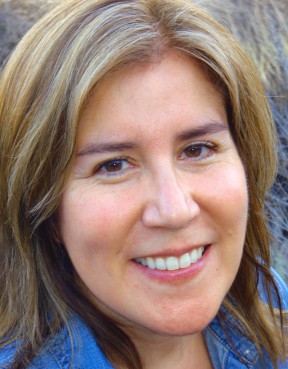
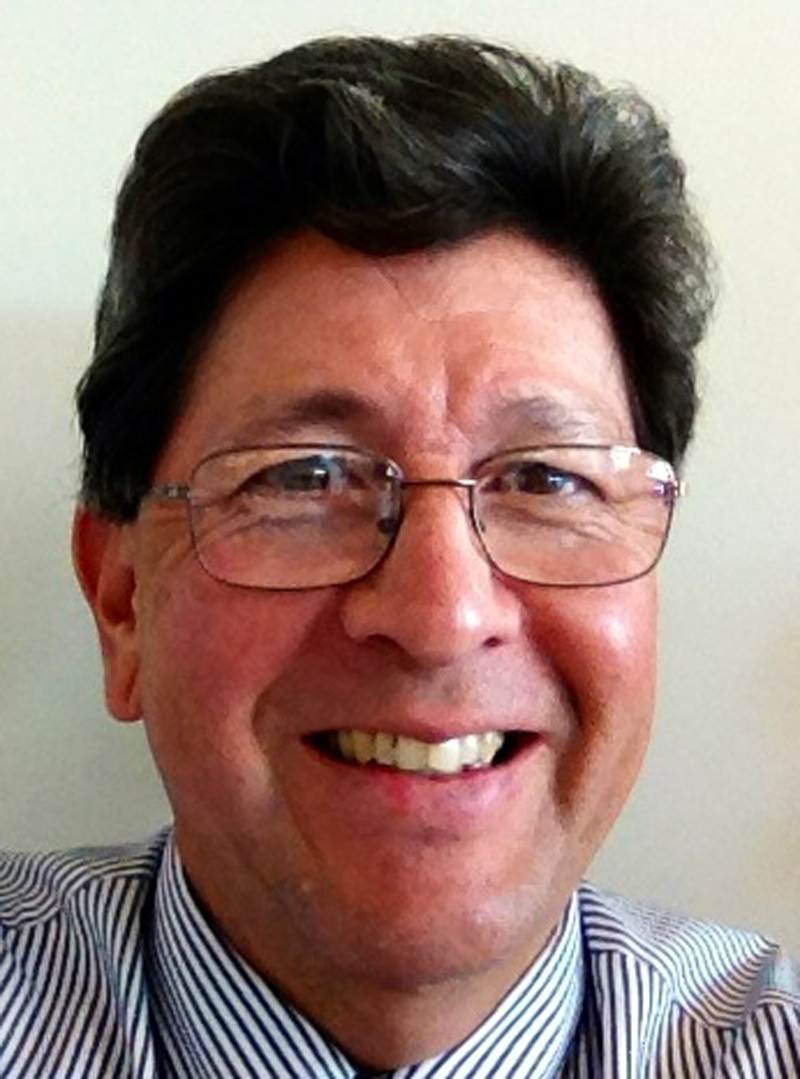
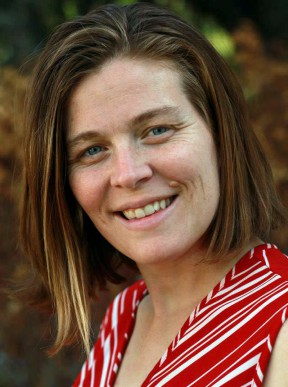
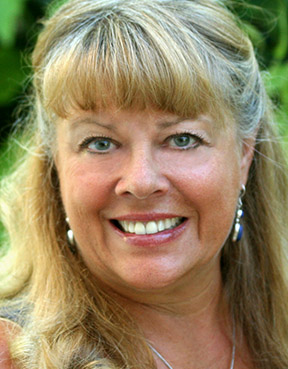

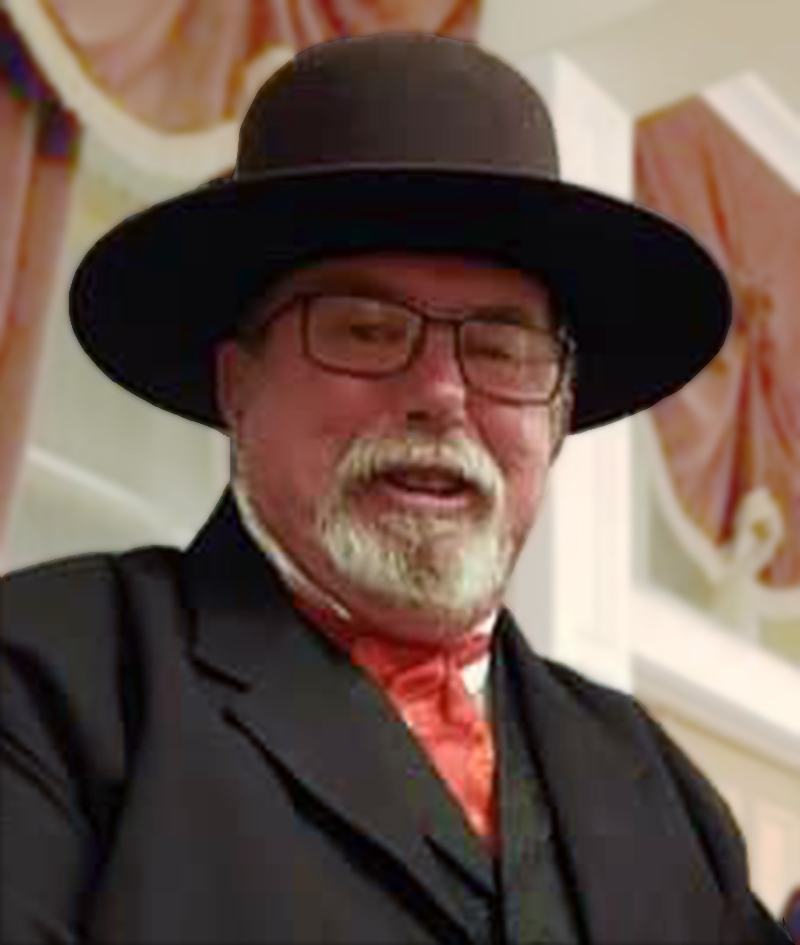
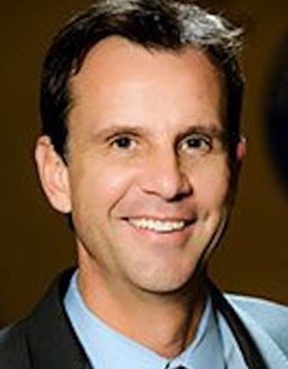


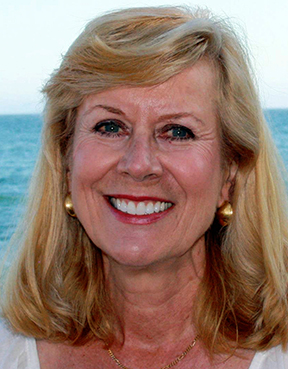
























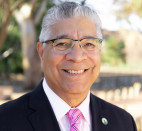






REAL NAMES ONLY: All posters must use their real individual or business name. This applies equally to Twitter account holders who use a nickname.
11 Comments
So in other words, thanks to the government built CA Aqueduct, State Water Project & LA Aqueduct we have water in So Cal that otherwise we never would have had. W/o these gov’t built projects – funded by taxes & fees – So Cal as we know it today could never have existed. Good pts.
Fantastic article. Thank you.
Korenthal reveals his POV with the phrase “runaway environmentalism”. He recognizes that the water he wants to import originates in the Sierra snowpack (though the Sacramento River originates in the Trinity/Cascadian range, a geologic reality that most Californians ignore)which is at historic low level, but then blames bureaucracy for the lack of water. There are numerous factors that limit the amount of water that can be pumped out of the Delta. Knowing this, the state created the Sacramento-San Joaquin Delta Reform Act of 2009; it is the policy of the state to reduce
reliance on the Delta in meeting California’s future water supply needs through a statewide strategy of investing in improved regional supplies, conservation, and water use
efficiency. The “dam it-Baby-dam it” (to paraphrase Sarah Palin) ideology is so 19-20th century.
Mentioning delta smelt while ignoring the rapidly extirpated Central Valley Salmon that need a balanced Delta reveals either ignorance or dishonesty.
Please note that Kevin reveals that the CVP supply and the SWP agric. supply were provided to recharge groundwater (one does not recharge surface water sources) that had been over pumped. The over pumping continued after these projects were built because California has no groundwater regulation. Without limiting the amount of groundwater pumped to the amount available we can NEVER solve our water problems. California should NOT build another dam until our groundwater laws join the rest of the United States. This is not a problem caused by environmentalists.
Those of us who live and farm in the Sacramento-San Joaquin Delta do not believe it is “runaway environmentalism” to want to preserve Delta water quality. The Central Valley Project and State Water Project have contracted to deliver 7.467 Million Acre Feet (MAF) per year from an estuary that can reasonably provide 3.5 to 4 MAF. The Peripheral Canal and the BDCP tunnels both hold the same threat to the Delta: salt intrusion from SF Bay. Delta interests are not opposed to exports – but believe they should be limited to what is reasonable. The BDCP tunnel project is a DUAL conveyance plan – pumping from both the North and South Delta. There is no possibility that the project can be operated for the benefit of the Delta. It’s not about fish vs people – this is Delta water quality vs exports.
Further – to “mitigate” for this project, the BDCP will condemn over 20% of Delta lands – much of it above sea level and sustainably farmed for over 150 years, to be converted to “habitat”. BDCP proponents, calling this confiscation (by eminent domain) a “public benefit” will look to California taxpayers to foot the $7 Billion habitat plan bill through water bonds. Taxpayers putting other taxpayers out of business!
There are several alternative plans for moving water through the Delta, none of which get a fair evaluation by the BDCP planners. And all of which are less expensive. Taxpayers and ratepayers need to wake up. Thanks for the opportunity to comment. Rogene Reynolds, South Delta.
Let’s hope we all conserve our supply of water as a community, and hope that we can all get through the drought. Scientists have been foreseeing this for a long time, but no one has been listening up until now.
Yosemite has geysers??? [“… wars over access to and ownership of ground water began erupting like the geysers in Yosemite.”]
A key point in California’s water puzzle not mentioned in this opinion piece is how the availability of water has never really played any role in the planning development of California. Without water being piped into Southern California from the Colorado River, Owens Valley and San Joaquin Valley, the area that we live in would look a lot different and would come nowhere near the ability it has to support the growth the region has experienced since the turn of the 20th century. If you’re interested in gaining more knowledge on this subject, I suggest the you pick up a copy of a book written by Marc Reisner titled “Cadillac Desert”. http://www.amazon.com/Cadillac-Desert-American-Disappearing-Revised/dp/0140178244
Ever hear of Owens Valley or Mono Lake or Tulare Lake. The Central Valley needed their water too!
FR
Thank you everyone for your very informed comments on my opinion piece. This is a mix of opinion and research and relies on historical research done by others. If I got a few points wrong, I want to have the opportunity to correct my knowledge. If you would like to discuss a particular element about this piece, please email me at kkorenthal@gmail.com. Thanks again! KK